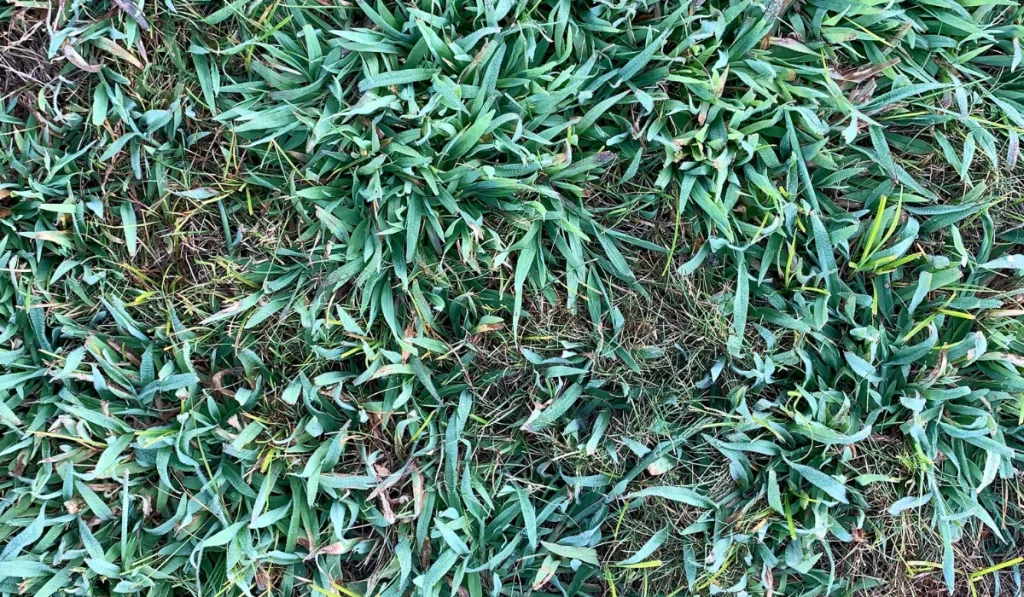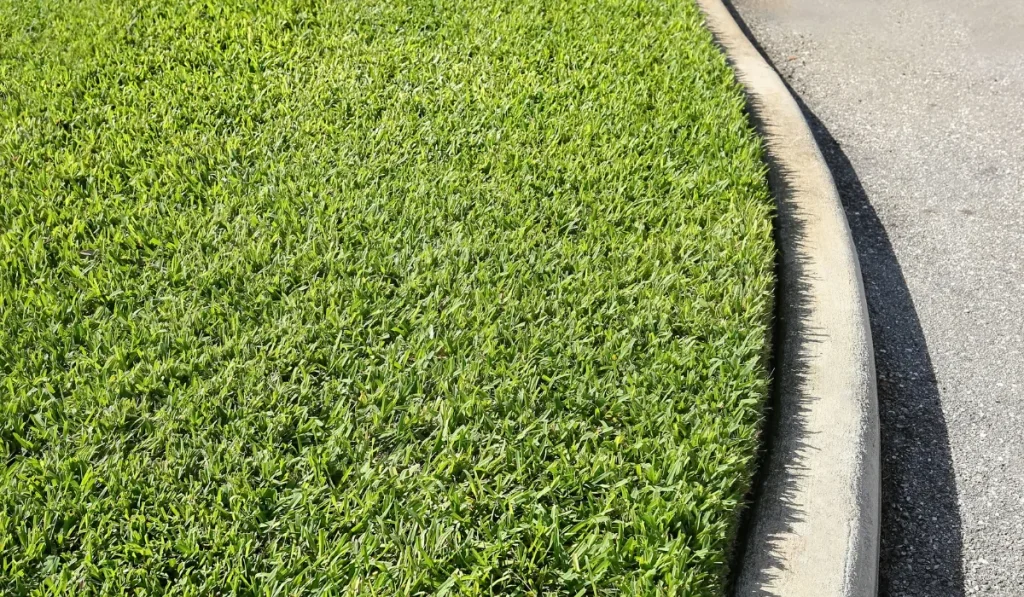More than 179,000 people live in sunny, lively Ontario, California, with many owning residential and commercial properties that require landscaping. Ontario’s picturesque landscapes, from its gardens to well-manicured lawns, are a testament to the importance of the city’s rules and policies.
Landscaping here not only enhances the beauty of properties but also supports the environment. Property owners must adhere to specific landscaping requirements designed to protect Ontario plant life, wildlife, and natural ecosystems.
By law, it’s necessary to follow various zoning rules, whether they apply to horticulture, driveways, or other landscape plans. But there are more factors to consider beyond the size of your landscaping project.
Key Takeaways
- Understanding the applicable law behind landscaping before making any developments is necessary.
- Landscape design often requires easement, land use, and landscape architecture permits.
- Talking to a professional landscape architect can help you stay within the law while renovating your property.
- Brushing up on local landscape ordinances and municipality requirements is also important.
Requirements
Details regarding permissible plant species, design choices, water features, etc., in Ontario vary by municipality, as local governments establish specific bylaws and regulations. These bylaws govern things like the height and type of vegetation, setbacks from property lines, and the use of certain landscaping materials.
Before starting any landscaping project, be sure to consult with your local municipality government to understand and comply with these regulations.
Landscape
Precise landscape and water management requirements may depend on commercial or residential lots. There may also be certain limitations depending on your property line, adjacent property, and frontage. Regardless, complying with these regulations is essential for property owners.
- A formal landscape plan that lists all utilities, plant life and additional features that will be used must be completed before work begins.
- To limit soil erosion, undeveloped areas must be covered with wildflower or ornamental grass mix seeds.
- Landscaped areas that include trees must be at least five feet wide to allow the trees to grow.
- In some cases, additional approval and testing may be necessary for landscape development. Soil testing, for instance, helps officials determine whether plant life or certain design choices suit a specific area.
- Parking areas must be shaded appropriately, and use concrete barricades to separate landscaping from parkways.
- Ontario strongly emphasizes tree preservation, especially in urban areas, as trees provide numerous environmental benefits, including air purification and temperature regulation.
- Many municipalities have strict rules regarding trees, especially those of a certain size or species. Permits may be required for tree removal, and in some cases, property owners may be required to plant new trees as replacements.
It’s smart to speak with an arborist before planting trees, whether you plan to do so in your front yard, an open space, or within parking spaces.
Landscape Water Management
Water conservation is a significant concern in Ontario, particularly during dry seasons. That means it’s a priority when designing and maintaining landscapes.
- Plans must consider and use water-efficient landscaping, which may require using drought-resistant plants, rainwater harvesting systems, and smart irrigation practices.
- All landscape plans must comply with California’s Water Efficient Landscape Ordinance and its requirements.
- Landscape designs and irrigation plans may use recycled water or stormwater when available.
Prohibitions
Since water is such a precious resource in Ontario, most prohibitions you’ll face when confronted with landscape construction relate to its conservation. Some others to note include the following.
- Residents are prohibited from dumping large amounts of pesticides and other waste products into local water supplies.
- Local code may prohibit certain design and measurement choices for walkways, retaining walls, plant material, forestry, and the square feet that materials occupy in a landscaped space.
- Introducing new plant life, trees, water features, etc., into your landscape without approval or review may leave you subject to fines or other consequences.
- An urban planning professional must inspect water features supplied by an artificial water flow.
- Property owners may only use water to maintain their landscape every other day.
Overall, making changes without approval, overusing water, or bringing in plants and features that aren’t friendly to the environment can lead to problems down the road.
Exceptions
Landscaping regulations can sometimes be relaxed for projects that serve the public interest, such as parks, public gardens, or community green spaces. Local authorities may also allow exceptions for the below projects for similar reasons.
- In cases where a property is designated as a heritage property or has historical significance, local authorities may excuse certain landscaping regulations to preserve the property’s historic character. However, any alterations or exceptions typically require careful consideration, approval, and possibly a building permit.
- When landscaping regulations create a safety hazard or impede emergency response efforts, authorities often allow temporary exceptions. For example, if a tree is posing an immediate danger of falling, a permit for its removal may be expedited.
- Property owners who demonstrate alternative landscaping methods that achieve the same or better environmental outcomes may be exempt from general regulations. For instance, using sustainable and low-impact landscaping practices might result in exceptions to certain restrictions.
If you think your situation may be an exception to the rules, be sure to contact your local authorities to learn more. Again, it is important to seek out a permit application if necessary.
Fire Code
Landscaping is not typically subject to the Ontario Fire Code, as this code primarily deals with fire safety and prevention within buildings and structures.
- Still, fire safety should be considered when planning landscaping projects, especially if they’re near vegetation or outdoor fire features.
- Property owners should also be mindful of fire hazards and consider safety measures in their landscaping plans to reduce the risk of fire spreading to structures.
Waste Reduction
Proper soil quality and drainage are vital for successful landscaping in Ontario and for reducing waste.
- Some municipalities have regulations governing soil quality and erosion control to prevent soil erosion and water runoff issues.
- Ensuring proper drainage through methods like grading and installing permeable surfaces is essential to prevent flooding and water damage.
- To protect the environment and public health, Ontario restricts using pesticides and fertilizers, especially near water bodies and sensitive areas. Landscapers and property owners must follow guidelines for the responsible application of these substances.
No matter what your landscaping plan looks like, reaching out for professional guidance is a good idea.



